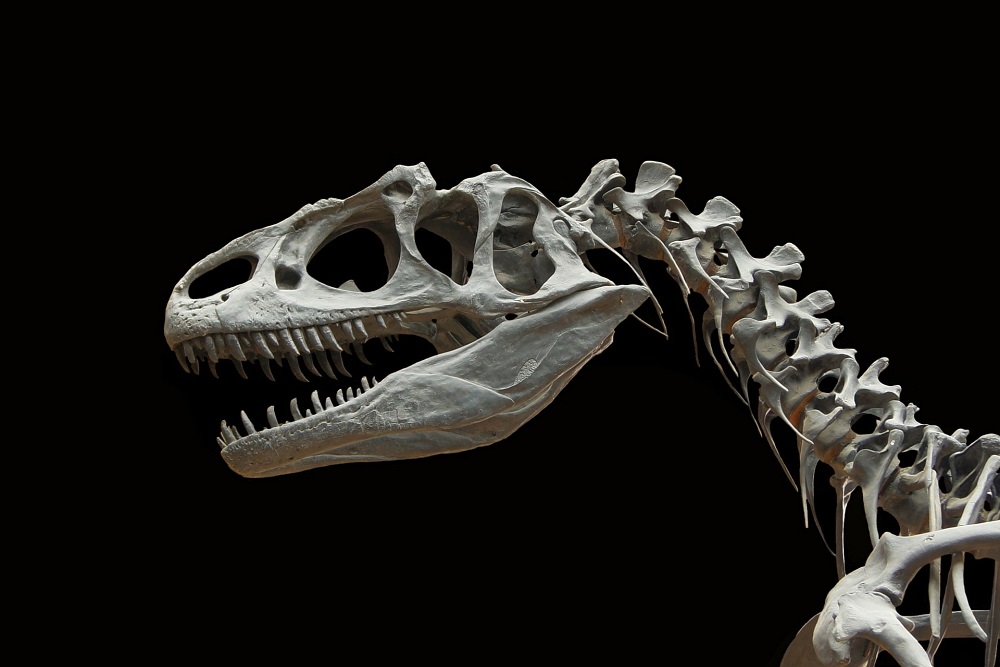There are several infamous mass extinction periods in Earth’s history, and scientists have recently uncovered a new global crisis, which happened about two hundred and sixty billion (260bn) years ago.
According to the researchers from New York University, it is crucial that scientists investigate all past mass-extinction events in order to prevent the same conditions from appearing again.
The recent discoveries were made after meticulous research on the Guadalupian, or Middle Permian period. According to the findings presented in the study, the mass extinction event was caused by the eruption of volcanoes which formed the Emeishan Traps.
While this event was not considered a mass extinction at first, the extent of the crisis following the eruptions was enormous.
It is no secret that serious environmental changes have preceded all six of the already revealed extinction periods.
What is concerning is the fact that we are currently going through a period of severe environmental shifts, with the climate crisis and global warming becoming increasingly dangerous.
Are we headed towards the next mass extinction period?
While some researchers are looking back on the history of our planet in order to find more information about our evolution as a species, other scientists are becoming increasingly worried about the next mass extinction phase on Earth.
According to recent research by the United Nations (UN), the rate at which species are becoming extinct is thousands of times higher than usual.
This is a very worrying prospect for the future of not only the human species but also for the future of the whole planet. The global changes in our environment and climate might be hinting at catastrophic events in the future.
Researchers have turned to analyze space matter, in order to discover the secrets it holds, and possibly find the reason behind the current extinction crisis. Hopefully, the continued efforts of scientists all over the globe will help us prevent a future mass extinction event.







